Im designing a voltage measurement circuit that needs to measure differential signals in the order of mV in the presence of high voltage common mode noise.
Im using a isolated DC/DC converter that is connected to mains earth by a 1nF capacitor. Im planning to measure the differential voltage with an instrumentation amplifier and an ADC.
I only have a unipolar 3.3V supply to power the amplifier and Im aware that I have to bias the inputs to a suitable common mode voltage.
I have tried the following circuit but the voltage in VDIF+ and VIDF- with respect to my floating ground is to high for the differential amplifier. Reducing R1 and R2 is not an option because I need a high impedance input
What is the correct way to bias the instrumentation amplifier?

